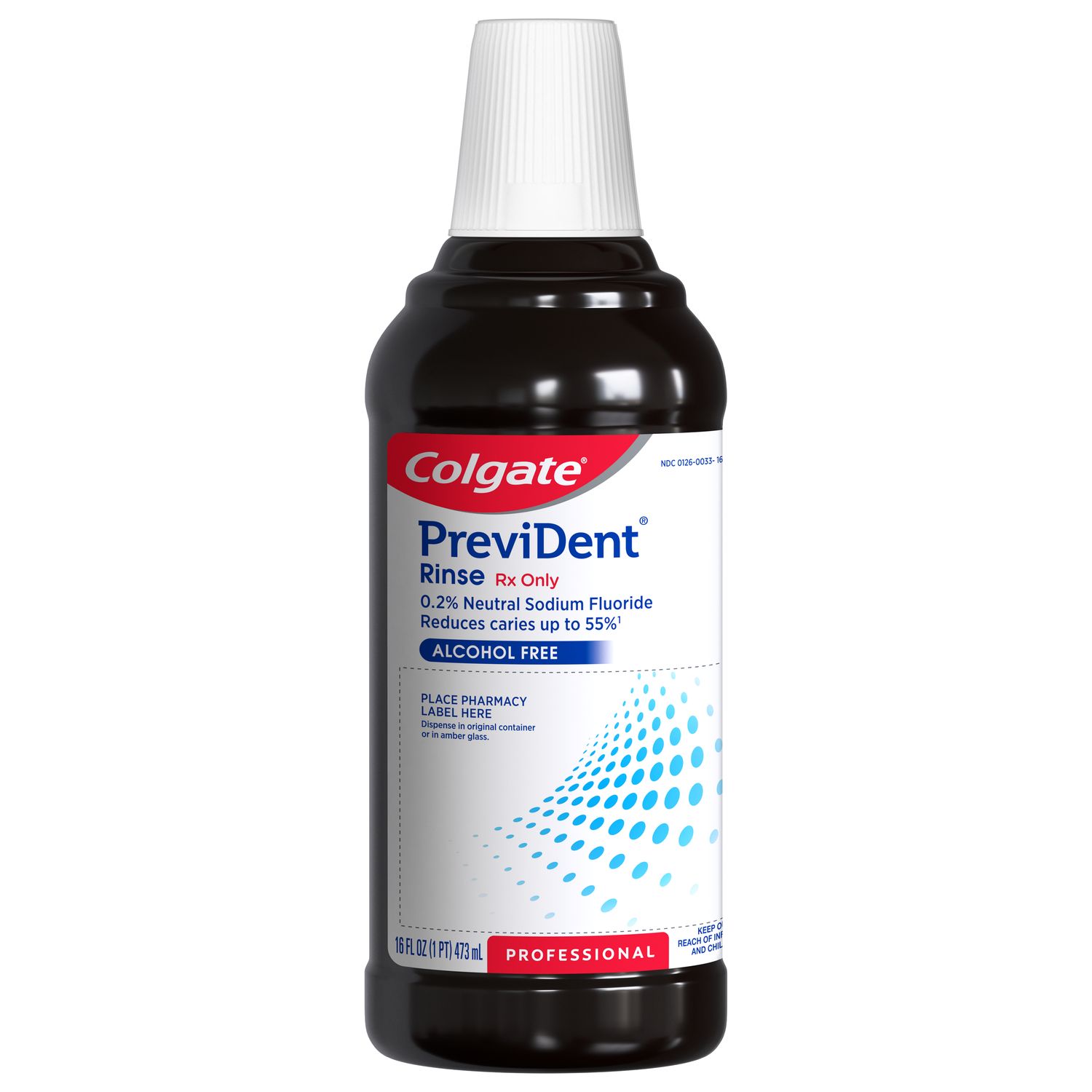Causes of Cold Sores
According to the World Health Organization (WHO), cold sores are caused by the herpes simplex virus type 1 (HSV-1), and it’s estimated that 3.7 billion people around the world under age 50 are infected with this virus, with the majority unaware they have it. There is no cure for HSV-1, and the infection is mostly asymptomatic.
Most people with HSV-1 contracted it as an infant or child. The virus can be spread by skin-to-skin contact with an adult who carries the virus, even if the adult isn’t showing sores.
What Triggers Cold Sores?
If you've had these painful blisters, you might know they can periodically reappear. Perhaps after spending a day out in the sun, you feel a familiar burning or tingling sensation. A day or so later, blisters may appear on the outer edge of your lip. Is this just a coincidence, or can you actually get a cold sore from sun exposure?
The Mayo Clinic explains that, between cold sore outbreaks, the virus hides in your skin's nerve cells. Sun exposure can trigger or "wake up" the dormant virus, which is why you can sometimes get a cold sore, or sun blister, from sun exposure or sunburn.
How To Prevent Outbreaks
If you notice you get cold sores from sun exposure, wear sunscreen and lip balm with SPF when you plan to spend time outdoors.
Another good measure is to avoid sharing high-contact items like lip balm, towels, or utensils, as they help spread the virus.
Cold Sore Treatment and Healing
As the Mayo Clinic reassures us, without treatment, cold sore blisters will usually go away within two to four weeks. However, there are some proven home remedies that could encourage your cold sore to heal more quickly.
One such remedy is simply applying toothpaste to the cold sore during the blister phase.
Another solution is holding a cool, damp cloth against your sore to promote healing and remove crusting.
Over-the-counter cold sore ointments that contain an antiviral ingredient may also help the sore heal faster.
Additionally, to relieve pain while the sore heals, you may want to try over-the-counter creams that contain numbing ingredients such as benzocaine or lidocaine.
By taking care with some basic measures, you can reduce both the transmissibility and irritability of the virus. And if you get frequent outbreaks, or if your cold sore doesn't go away on its own, ask your doctor or dentist for advice.
Oral Care Center articles are reviewed by an oral health medical professional. This information is for educational purposes only. This content is not intended to be a substitute for professional medical advice, diagnosis or treatment. Always seek the advice of your dentist, physician or other qualified healthcare provider.
ORAL HEALTH QUIZ
What's behind your smile?
Take our Oral Health assessment to get the most from your oral care routine
ORAL HEALTH QUIZ
What's behind your smile?
Take our Oral Health assessment to get the most from your oral care routine















